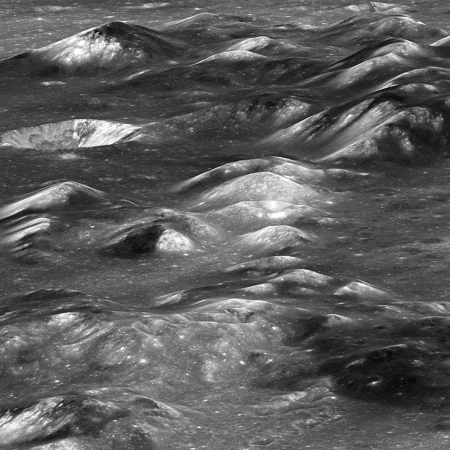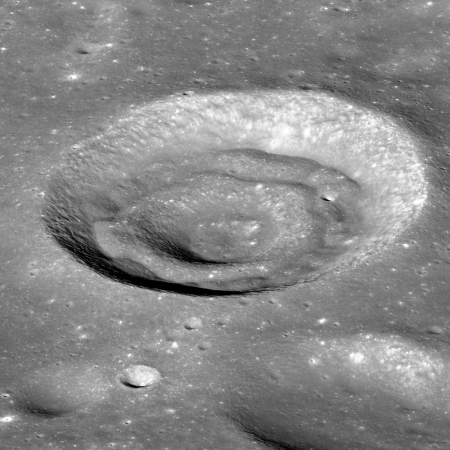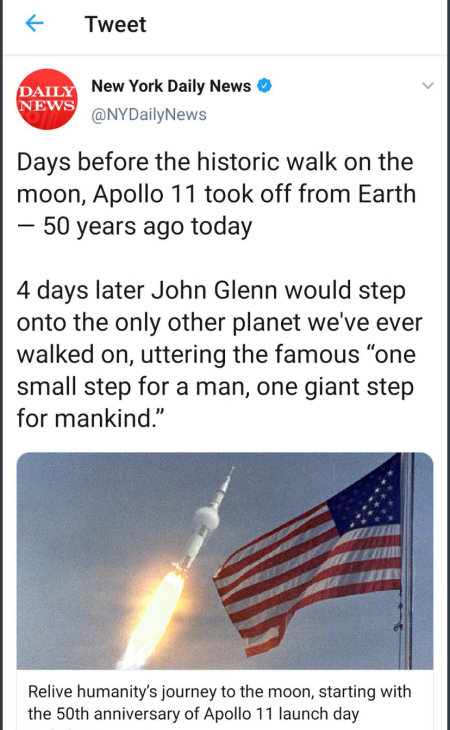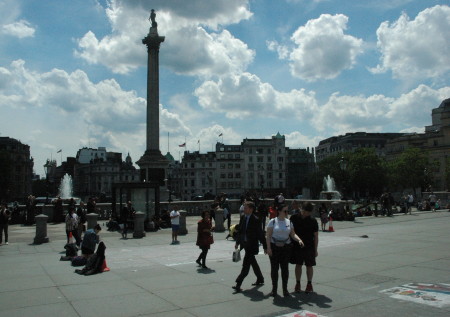New Russia Soyuz spacesuits interfere with Russia pee tradition
Only in Russia: The newly designed Russian spacesuits for use by astronauts during ascent and descent in the Soyuz capsule apparently do not have a fly that will allow the continuation of a long-standing Russian tradition initiated by Yuri Gagarin on his way to the launchpad for his historic spaceflight.
The Sokol-M prototype suit was designed as a replacement for suits worn during launches to the International Space Station (ISS) on Soyuz spacecraft. … The maker of the suits, the aerospace firm Zvezda, says they will be made of new materials and adaptable to different body sizes.
But the new design makes it impossible to carry out one particular ritual launched by the first man in space, Yuri Gagarin, who had to relieve himself on the back wheel of the bus that was taking him to the launch pad in 1961.
The stop has been replicated at every launch from the Baikonur launch pad and, many male cosmonauts and astronauts pee on the tyre for good luck – something that would be impossible in the new suit, according to its maker. Female astronauts are not obligated to participate but some have brought vials of their urine to splash on the wheel instead.
“I’m not sure how they will be able to (carry on the tradition), since we haven’t designed the fly,” said the Zvezda director, Sergei Pozdnyakov, quoted by Russian agencies. “We have the design specifications. They don’t state that it’s necessary to pee on the wheel. The design specifications would need to be adapted.”
I suspect, knowing how important traditions and rituals are to the Russians, that the Russian government will require a design change to allow this tradition to continue.
Only in Russia: The newly designed Russian spacesuits for use by astronauts during ascent and descent in the Soyuz capsule apparently do not have a fly that will allow the continuation of a long-standing Russian tradition initiated by Yuri Gagarin on his way to the launchpad for his historic spaceflight.
The Sokol-M prototype suit was designed as a replacement for suits worn during launches to the International Space Station (ISS) on Soyuz spacecraft. … The maker of the suits, the aerospace firm Zvezda, says they will be made of new materials and adaptable to different body sizes.
But the new design makes it impossible to carry out one particular ritual launched by the first man in space, Yuri Gagarin, who had to relieve himself on the back wheel of the bus that was taking him to the launch pad in 1961.
The stop has been replicated at every launch from the Baikonur launch pad and, many male cosmonauts and astronauts pee on the tyre for good luck – something that would be impossible in the new suit, according to its maker. Female astronauts are not obligated to participate but some have brought vials of their urine to splash on the wheel instead.
“I’m not sure how they will be able to (carry on the tradition), since we haven’t designed the fly,” said the Zvezda director, Sergei Pozdnyakov, quoted by Russian agencies. “We have the design specifications. They don’t state that it’s necessary to pee on the wheel. The design specifications would need to be adapted.”
I suspect, knowing how important traditions and rituals are to the Russians, that the Russian government will require a design change to allow this tradition to continue.






